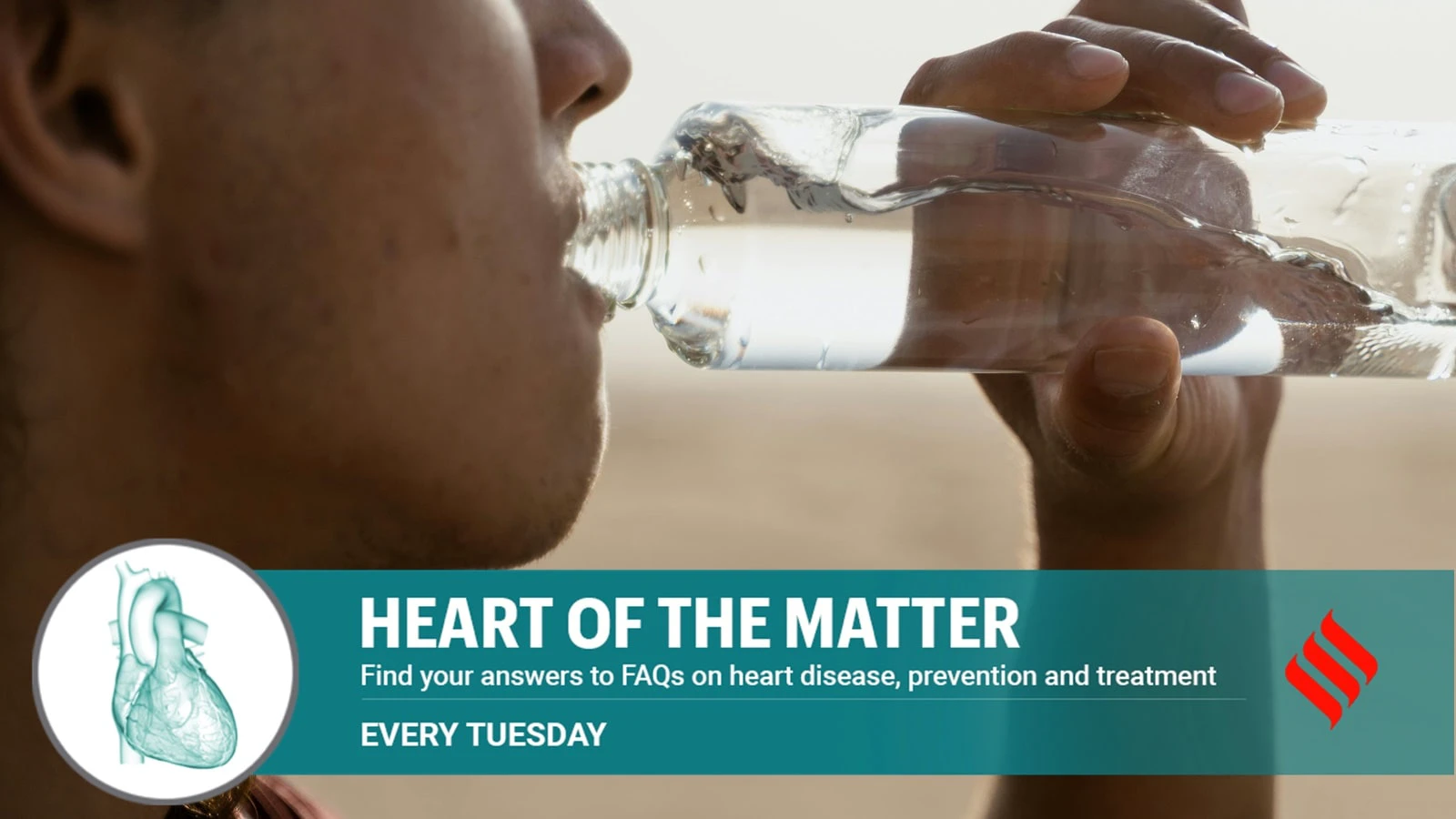Recently, we had a 32-year-old CEO of a company being wheeled into the emergency room with a heart attack. What was surprising was that he was a fit man, who ran marathons, with no alarming medical history.
Still he had collapsed. Something in his blood work alerted me. His haemoglobin count was 18g/dL, 17.2 g/dL being considered to be the upper threshold. It meant his blood had become too sticky because of dehydration.
That sticky blood of his had clogged his arteries, triggering a heart attack. We used blood thinners to dissolve the clot. He didn’t need a stent (a mesh device to widen the arteries) and was put on intravenous (IV) hydration, a method of delivering fluids and electrolytes directly into the bloodstream, bypassing the digestive system. His haemoglobin then fell to a normal range of 13g/dL.
We found that he would go for morning runs and while he sweated profusely, he didn’t drink enough water to restore the fluid balance in his body. Instead he relied on caffeine-infused energy drinks and sodas.
How dehydration leads to clotting
Dehydration decreases the total volume of blood circulating in the body. With less volume and a higher sodium content, blood thickens and doesn’t flow as freely as it does when you drink plenty of water. This makes the heart work harder to keep the blood moving. That’s why the heart rate increases as does blood pressure. The viscous blood has a tendency to clot faster. These blobs then block arteries, restricting the flow of oxygenated blood to the heart and leading to a heart attack.
Dehydration can disrupt the balance of essential electrolytes like potassium, sodium and magnesium, which are crucial for the heart’s electrical impulses. Electrolyte imbalances can interfere with the electrical signals that control the heart’s rhythm, leading to arrhythmias or irregular heartbeats. Dehydration can trigger the release of stress hormones like cortisol, which further elevates heart rate and blood pressure. The thickness of the blood can also trigger lung clots.
How do you know you are dehydrated?
The easiest way is to check your urine colour. Dark urine means you are severely dehydrated and might suffer headaches, dizziness and fatigue. Start drinking water the moment your urine turns yellow and ensure it turns a pale straw. Also make sure that your urine output is 1 to 1.5-litre per day. Anything lesser means you need to drink more fluids.
How do we prevent dehydration following a workout?
Always ensure you have adequate hydration before, during and after the activity. Drink about 1.5 times the amount of fluid you lose during your workout. Don’t drink at one go, the fluid pressure would trigger the kidneys into expelling them from the body. Take fluids in small sips over the day. Thirst is a late sign of dehydration, so do not wait to feel it. If you sweat heavily, you may need to drink a bit extra. But without watching your water intake, you could develop complications.
(Dr Shetty is lead cardiologist and medical director at Sparsh Hospital, Bengaluru)
